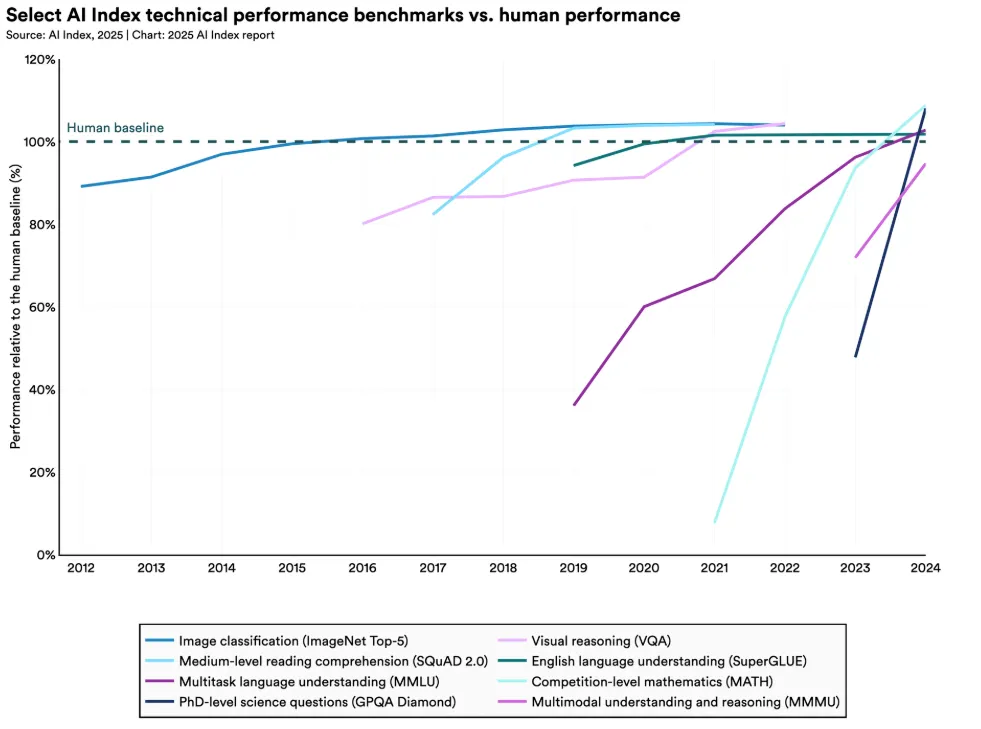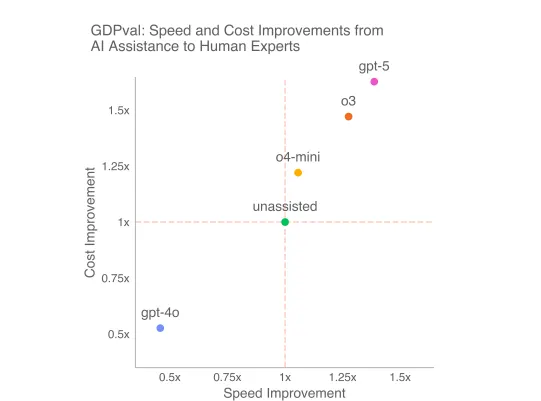AI Isn’t Taking Your Job Yet—But OpenAI Data Reveals It’s Closer Than You Think
Your job is safe—for now. But new OpenAI research suggests the countdown clock is ticking louder than ever.
The Calm Before the Automation Storm
Artificial intelligence continues its relentless march across industries, with recent data indicating we've entered the final warning phase before widespread workforce disruption. The technology that currently augments human capability appears poised to start replacing it entirely.
Which Roles Face Immediate Risk?
Creative positions once considered immune to automation now show surprising vulnerability. Content creation, data analysis, and even strategic planning roles demonstrate measurable exposure to AI replacement within the coming years.
The Corporate Adoption Timeline
Companies aren't waiting for perfection—they're implementing AI solutions that deliver 80% of the capability at 20% of the human cost. The business case becomes irresistible, even if the technology still requires human oversight.
Adapt or Become Obsolete
Workers who master AI collaboration tools will thrive. Those who resist technological integration risk becoming as relevant as stockbrokers who still use fax machines. The market rewards efficiency, not sentimentality.
Maybe Wall Street will finally replace those overpaid analysts with algorithms that don't need bonuses—now that's automation we can all get behind.

OpenAI tested 1,320 tasks across 44 occupations—not random jobs, but roles in the nine sectors that drive most of America's GDP. Software developers, lawyers, nurses, financial analysts, journalists, engineers: the people who thought their degrees WOULD protect them from automation.
Each task came from professionals with an average of 14 years of experience—not interns or recent grads, but seasoned experts who know their craft. The tasks weren't simple either, averaging seven hours of work with some stretched to multiple weeks of effort.
According to OpenAI, the models completed these tasks up to 100 times faster and significantly cheaper than humans in some API-specific tasks—which is to be expected and has been the case for decades. On more specialized tasks, the improvement was slower, but still noticeable.
Even accounting for review time and the occasional do-over when the AI hallucinated something bizarre, the economics tilt hard toward automation.

But cheer up: Just because a job is exposed doesn’t mean it disappears. It may be augmented (for instance, lawyers and journalists using LLMs to write faster) rather than be replaced.
And as far as AI has gone, hallucinations are still a pain for businesses. The research shows AI failing most often on instruction-following—35% of GPT-5's losses came from not fully grasping what was asked. Formatting errors plagued another 40% of failures.
The models also struggled with collaboration, client interaction, and anything requiring genuine accountability, which OpenAI left out of the study. Nobody's suing an AI for malpractice yet. But for solo digital deliverables—the reports, presentations, and analyses that fill most knowledge workers' days—the gap is closing fast.
OpenAI admits that GDPval today covers a very limited number of tasks people do in their real jobs. The benchmark can't measure interpersonal skills, physical presence, or the thousand micro-decisions that make someone valuable beyond their deliverables.
Still, when investment banks start comparing AI-generated competitor analyses to those from human analysts, when hospitals evaluate AI nursing care plans against those from experienced nurses, and when law firms test AI briefs against associate work—that's not speculation anymore. That's measurement.

